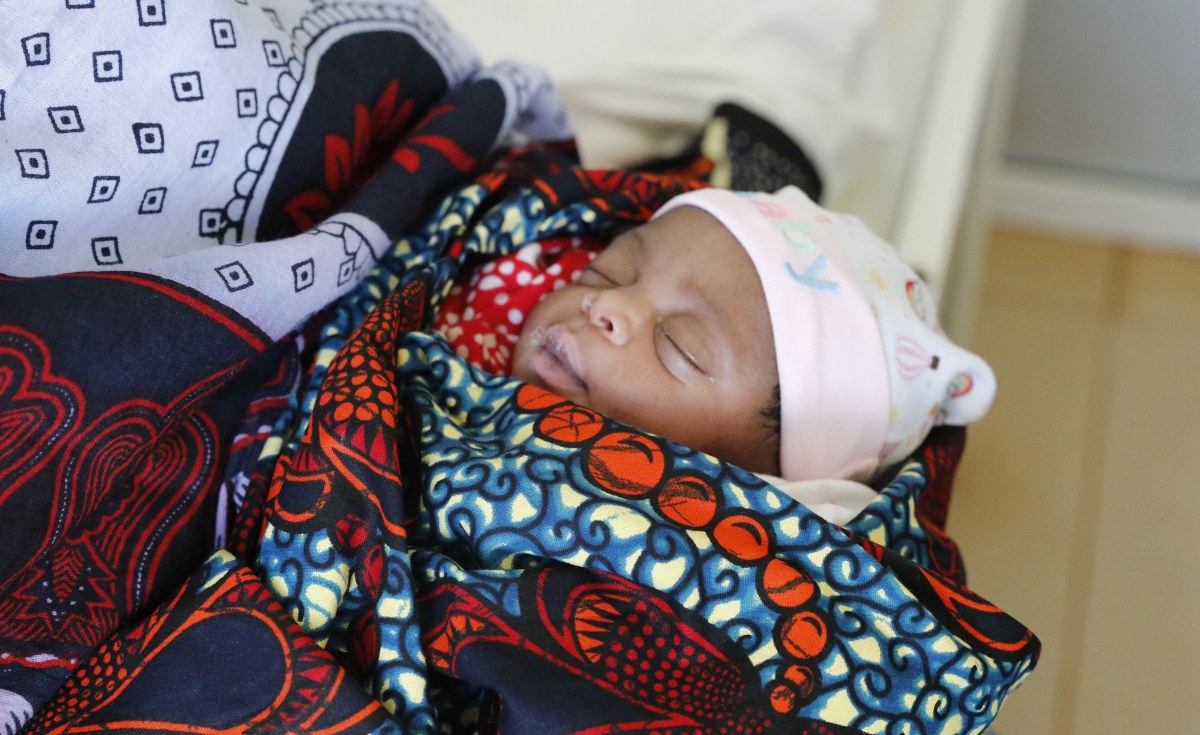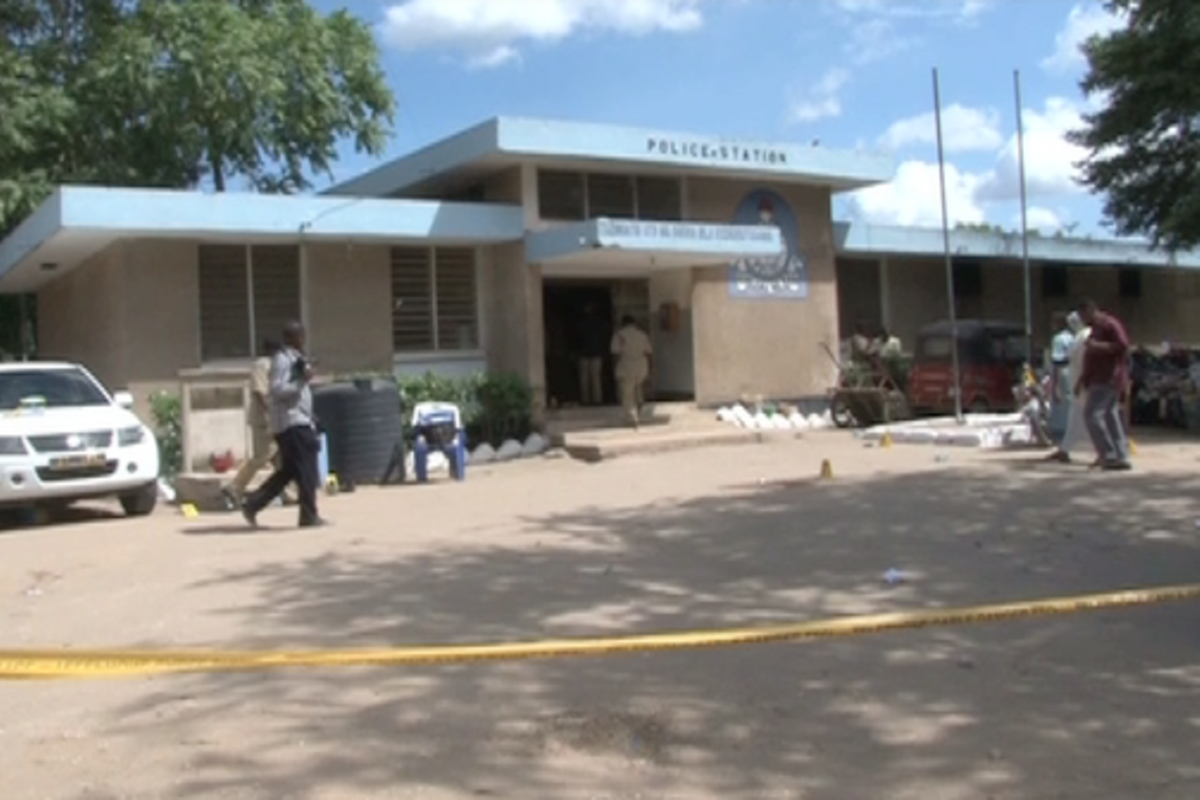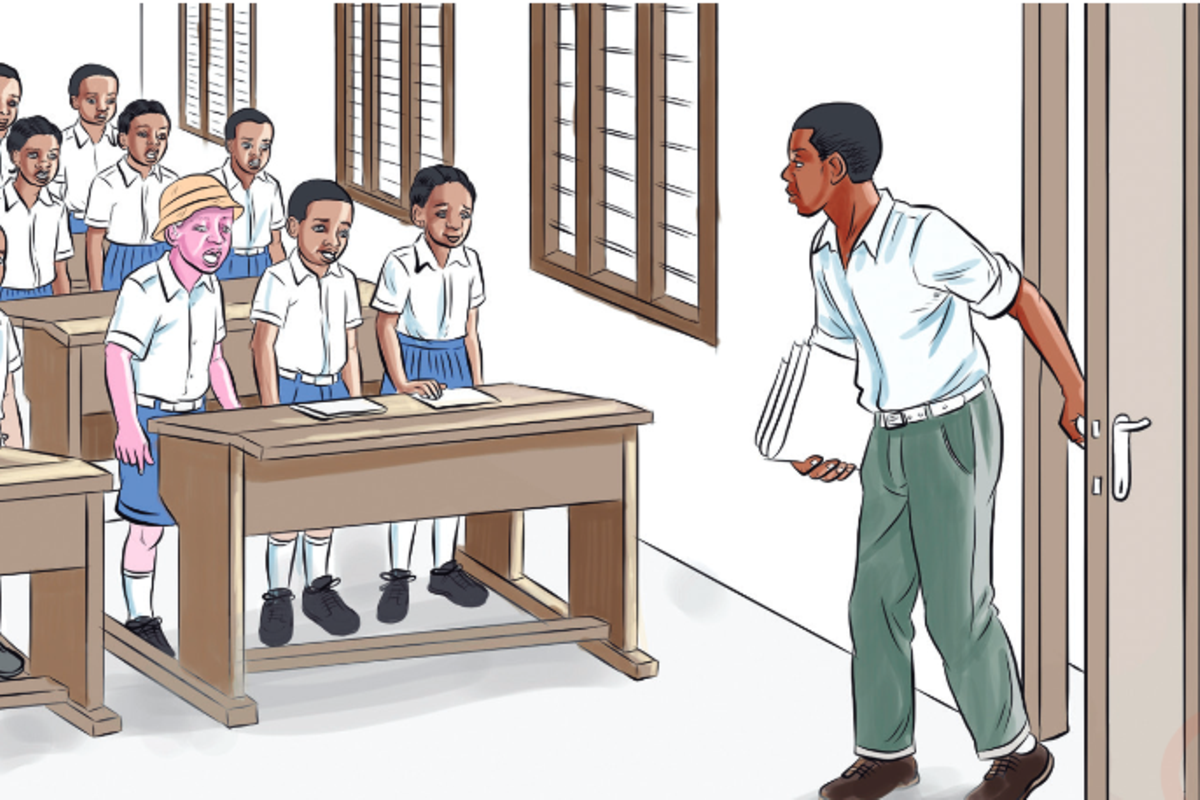The East African region is staring at a looming food shortage after extreme rains and floods unleashed a wave of destruction, killing people, injuring others, ruining infrastructure and destroying farmlands in the food basket regions.
Heavier-than-usual rains, compounded by the El Nino weather phenomenon, have devastated Kenya, Tanzania, Uganda, Rwanda and Burundi, engulfing villages and threatening to inflict more pain in the weeks to come.
The floods have impacted agriculture, transport, health, education, and tourism, which was just emerging out of the Covid-induced slump.
Kenya has especially been battered in the past month, with President William Ruto on Friday announcing that at least 210 people have died.
The country’s National Disaster Operations Centre reported that by the end of April, some 4,824 livestock had died, 27,717 acres of cropland damaged, 264 small businesses and 24 schools affected.

Residents stand near an uprooted tree after heavy flash floods wiped out several homes when a dam burst, following heavy rains in Kamuchiri village of Mai Mahiu in Nakuru County, Kenya on April 29, 2024. PHOTO | REUTERS
President Ruto on Friday deferred the reopening of schools indefinitely as the government battled the impact of the rains and braced for further crisis with the anticipated landfall of the cyclone Hidaya, which is expected to cause torrential rains, strong winds and dangerous waves and disrupt activities in the Indian Ocean and the Coast region.
Read: Kenya weather outlook ‘dire’ as cyclone nears
But the Kenyan meteorological department seemed to downplay the devastation the cyclone may have.
Kenya Red Cross reported at least 132 people missing, 23,511 households displaced and 43,888 others affected by the crisis.
There is a risk of disease outbreaks and vulnerable groups need accommodation and access to essential services at a time the government says it is establishing camps for the affected.
“To support disaster response and mitigation efforts across the country, the Treasury has been directed to provide adequate resources and work with other development partners to provide for the purchase and supply of food, medical and other non-food items,” President Ruto said on Friday.
Those evacuated cannot return to their homes or earn a living for a long time, and governments have found themselves with a new burden of seeking aid for those hit in different ways.
“The consequences of the disaster go beyond the immediate material hardship – they can exacerbate societal issues,” says the UN Relief Web.
“In the regions of Kenya affected by the floods, for example, there are already conflicts over grazing land, intensified by several years of drought in East Africa. The floods now pose an additional threat to the livelihoods of the population groups living from pasture farming, increasing the risk of violent conflicts over scarce resources.”
Read: Floods leave trail of death and destruction
“Contact between humans and wild animals is also increasing – for example, snakes and crocodiles are more likely to inhabit flooded landscapes. The collapse of sanitation systems – water supply and wastewater disposal – can have unforeseeable consequences: in 2019, a cholera epidemic followed the floods caused by El Niño. Stagnant water in many places is also a breeding ground for mosquitoes that can transmit malaria. Even before the flooding, the countries in the region were already struggling with local outbreaks of cholera and measles.”
Countries in the region are bracing for hunger, as agricultural activities have been disrupted and crops destroyed.

A drone view shows damaged houses after heavy flash floods wiped out several homes when a dam burst, following heavy rains in Kamuchiri village of Mai Mahiu in Nakuru County, Kenya on April 29, 2024. PHOTO | REUTERS
In Tanzania, on which the region depends for food, officials have estimated a 30 percent drop in food production.
This year’s report by the World Economic Forum says extreme weather events could become the biggest global risk over the next decade. It predicts that by 2050, the climate crisis could cause an additional 14.5 million deaths, $12.5 trillion in economic losses and $1.1 trillion in extra costs to healthcare systems around the globe.
“Floods pose the highest acute risk of climate-induced deaths. Floods could take as many as 8.5 million people’s lives by 2050,” the report says.
Besides food shortages, the damaged roads pose a new challenge in transportation of goods in a region that is a net importer of a wide range of items, including food.
The rains have also caused significant damage to critical infrastructure, including roads, and bridges, cutting off access to many areas. In addition, floods have dramatically affected people’s mental health as they cope with the loss of homes and livelihoods.
“The ongoing rains have caused great human suffering and immense damage to infrastructure. We are yet to assess the cost of damage,” Kipchumba Murkomen, Kenya’s Roads and Transport Cabinet Secretary, told The EastAfrican.
Read: Underwater: Kenyans in agony amid heavy floods
Many roads in Nairobi have been temporarily closed, including major routes such as the Namanga Road that connects Kenya and Tanzania.
Tanzania is staring at more than 100,000 acres of damaged cropland. Agriculture minister Hussein Bashe said his ministry would issue a report later and declined further comment.
In a statement to Parliament on April 25, Prime Minister Kasim Majaliwa said more than 200,000 people and 51,000 households had been affected by rains and flooding since January.
Yet two years ago the country was feeding East Africa and launched an ambitious food surplus creation scheme titled the Southern Agricultural Growth Corridor of Tanzania, which uses 350,000 hectares in the country’s fertile southern highlands to grow maize, paddy, wheat, sorghum, millet, cassava, beans, sweet potatoes and bananas.
The Bank of Tanzania said the country held 214,968 tonnes of food stocks in the National Food Reserve Agency in 2022. It opened grain storage facilities in Lubumbashi and DR Congo, and in Juba, South Sudan, to facilitate the sale of surplus food.
“The deficit-producing countries of Kenya, South Sudan, Somalia, Rwanda, and Burundi are expected to import maize, albeit at a lower level, from Uganda, Tanzania, and Ethiopia to meet their deficit. Competition for the tradable surplus within the region will likely direct more flows to Kenya and the eastern parts of the Democratic Republic of Congo, where the purchasing power and prices are relatively higher. Still, proximity to major producing areas will incentivise flows from western and southwestern Uganda to Rwanda, northern Uganda to South Sudan, and eastern Tanzania to Burundi,” the report said.
Read: At least 2m Kenyans in need of food assistance
Maize prices were expected to follow seasonal trends across all countries but generally remain lower than 2023 due to increased domestic supply, “except in Ethiopia, South Sudan, and Somalia, because of localized areas of below-average production, conflict-related disruptions in supply, and persistent inflation.”
Prices are expected to remain higher than average in most countries because of high production, fuel, and transport costs. The prices are expected to be lower than average in Uganda and Tanzania because of increased domestic supply and lower shortfalls in deficit countries.
Tanzania is expected to remain the primary source of locally produced rice exports to Kenya, Rwanda, Burundi, and Uganda due to a sizeable tradable surplus, well-developed supply chain, and aromatic rice with high water absorption. In Uganda, locally produced rice is expected to be significantly below average since the total ban on rice production in the Wetlands in February 2022.
The dry bean trade will likely be concentrated between Kenya, Uganda, Rwanda, Burundi, and Tanzania. Tanzania and Uganda are expected to be the primary exporters as better rainfall in 2023 increased production and lowered prices despite localised crop damage, Fews Net said.
Now, the rains will impact both production and cost of food, especially maize, beans, wheat and other cereals in the East African Community as each partner state assesses the impact of floods on its food security.

Workers spread dry maize in Nakuru County, Kenya on May 11, 2023. PHOTO | NMG
Abdi Dubat, Kenya’s Principal Secretary in the EAC ministry, said: “We are talking to each other and we are handling issues first at the national level. The severity of floods, damage costs is unique to each country and, just like Tanzania, Kenya is so much affected.”
An April 2024 World Bank Food and Security Update shows that domestic food price inflation remains high in low- and middle-income countries.
Read: Global economy slows on low trade, inflation
The situation is likely to get worse by natural calamities such as the current floods in the region.
“Domestic food price inflation, measured as year-on-year change in the food component of a country’s Consumer Price Index (CPI), remains high,” the World Bank report dated April 25, 2024 reads.
“In East and Southern Africa, food insecurity… continues to rise because of ongoing conflicts and extreme weather events. An estimated 75 million people will be food insecure by October 2024.”
The World Bank is worried that floods could significantly reduce the ability to increase maize production in a region, which is already facing a shortage.
Tourism, an important foreign exchange earner and one of the sectors expected to shore up the tanking economise, has been hard hit.
Last week, staff and visitors were stranded in the world-famous Maasai Mara National Reserve, which links with Serengeti in Tanzania.
Local authorities had some tourist facilities in the reserve closed after River Talek, one of the tributaries of the Mara River, burst its banks and swept through more than a dozen riverside tourist lodges and camps.
In Tanzania, fishing activities in Lake Victoria have also been affected by the rising levels of the lake. At least 50 houses were submerged and more than 300 people displaced on Ukerewe Island in the Mwanza Region. Tanzania Meteorological Authority (TMA) warned that more rains were expected.
In the commercial capital Dar es Salaam several bridges linking the city and its suburbs were swept away causing traffic jams with many productive hours lost on the road.
In Rwanda, Disasters triggered by heavy rains, including landslides and lightning, have killed at least 49 people and injured 79 in the past two months, an official said on Thursday.
Read: Rwanda heavy rains kill 10 people
The minister in charge of Emergency Management Albert Murasira told the national television channel that the government has evacuated about 5,000 residents from high-risk zones to safer areas across the country.
The disasters also destroyed infrastructure, including homes, bridges, school buildings, road networks, and hectares of plantations. The Rwanda Meteorology Agency has warned that several parts would experience heavy rains in the first 10 days of May.
in Uganda, flash floods and cut off major roads, paralysing movement in the mineral-rich and cattle-keeping regions.
Trucks transporting marble from the area have had to go through Kenya to deliver the raw material used for cement manufacturing in Tororo.
On Tuesday the 92km Muyembe—Nakapiripirit road was also cut off after Chepskunya Bridge in Bulambuli was washed away.
According to the National Meteorological Authority (UNMA) projects the heavy rains in the coming weeks could trigger more landslides, flash floods, and destruction of roads and bridges.
Maize, millet, groundnuts, potatoes, cassava, and vegetables farms have also been destroyed by floods, leaving households at the risk of hunger.
In Buteja, eastern Uganda, the floods, which damaged crops after River Nakwasi and Manafwa burst their banks, with some farmers opting to uproot their cassava and sweet potato crops to save them from rotting.
As of January 9, 2023, the World Food Program (WFP) Hunger Map showed that 16.4 million Ugandans were at the risk of hunger.
UNMA spokesperson Lillian Nkwenge projects all regions in the country will experience heavy rains in the coming weeks, amid rising lake and river water levels.
Uganda’s State Minister for Disaster Preparedness, Relief, and Refugees Lilian Aber says the government is ready to respond to any disaster that may arise from heavy rains but action will only be taken if indeed disaster strikes.
Additional reporting by Emmanuel Onyango, Kabona Esiara and Xinhua













